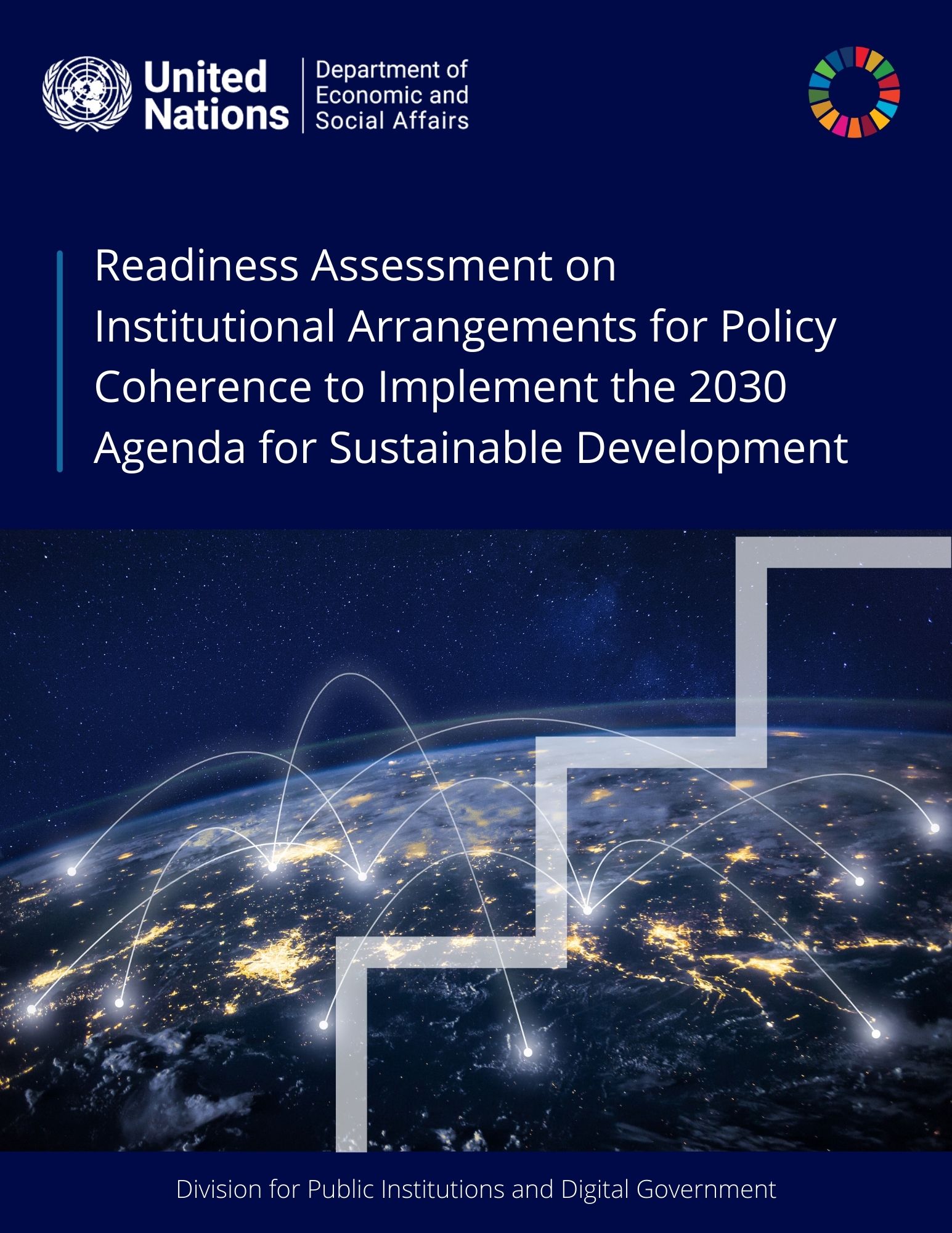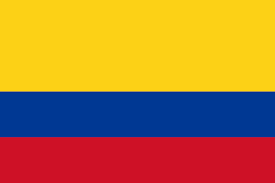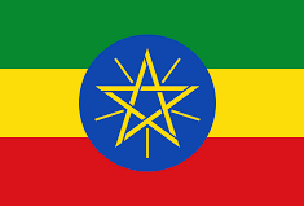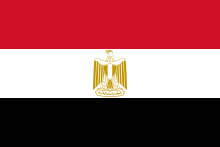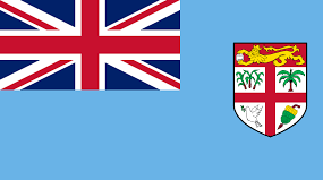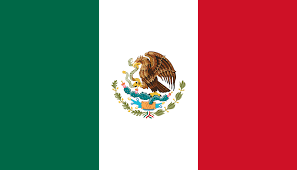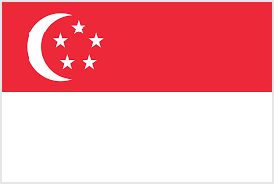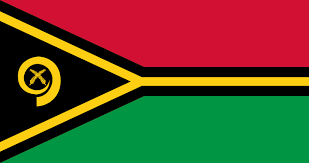Readiness Assessment on Institutional Arrangements for Policy Coherence to Implement the 2030 Agenda for Sustainable Development
- Self – Assessment Questionnaire
- About the Readiness Assessment
- Structure - Building Blocks
- Case Studies
- Related Information
Self – Assessment Questionnaire
The main response categories for the majority of fact-based questions in the Questionnaire are ‘Yes’/’No’/’Don’t Know’ model. Some questions also require qualitative answers like own assessments, examples, specifications and some questions require answers based on a Likert scale to allow the respondent to express how much they agree or disagree with a particular statement. It would be helpful to attach formal documents to the questionnaire that provide evidence of certain commitments, procedures, regulations, mandates, etc. Moreover, it would be most helpful if the respondents could provide comments and expand where requested as this will make the body of evidence richer and will provide more detailed information about the functionality and challenges of matters related to policy coherence.
It will be important that the respondent(s) who fill out the questionnaire, has/have the authority to make an assessment or judgement and/or involve other respondents who could complement the information in order to give an accurate picture of the reality on the ground. The respondent(s) is/ are asked to sign the form as evidence for the fact that the information provided is accurate and correct.
It will be important that the respondent(s) who fill out the questionnaire, has/have the authority to make an assessment or judgement and/or involve other respondents who could complement the information in order to give an accurate picture of the reality on the ground. The respondent(s) is/ are asked to sign the form as evidence for the fact that the information provided is accurate and correct.
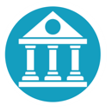
Building Block 1: Political Commitment
Download the Word version here: Building Block 1_Questionnaire
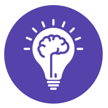
Building Block 2: Transformational Leadership, Human Resources and Changing Mindsets
Questionnaire: Transformational leadership, human resources, and changing mindsets for policy coherence
Download the Word version here: Building Block 2_Questionnaire
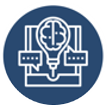
Building Block 3: System Thinking and Policy Linkages
Questionnaire: System thinking and policy linkages: integration of the social, economic and environmental dimensions of sustainable development and systematic assessment of policy effects
Download the Word version here: Building Block 3_Questionnaire
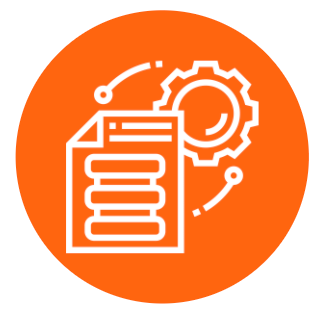
Building Block 4: Organizational Structures and Processes
Questionnaire: Organizational structures and processes for Inter-ministerial coordination/ integration
Download the Word version here: Building Block 4_Questionnaire

Building Block 5: Financing
Download the Word version here: Building Block 5_Questionnaire
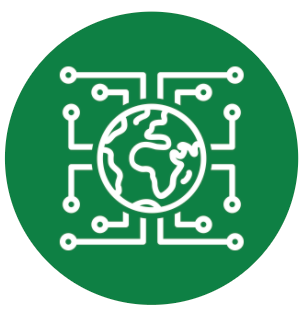
Building Block 6: Digital Technology and Data
Download the Word Version here: Building Block 6_Questionnaire
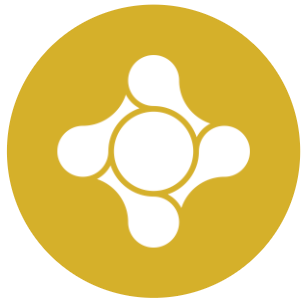
Building Block 7: Coherence between National and Local/Regional Level
Download the Word version here: Building Block 7_Questionnaire
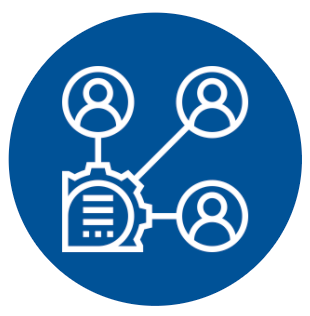
Building Block 8: Stakeholders’ Engagement
Download the Word version here: Building Block 8_Questionnaire
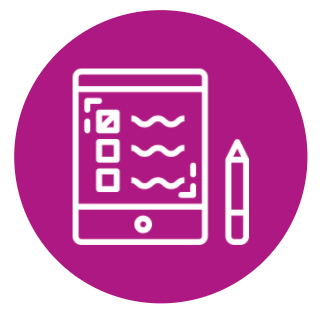
Building Block 9: Monitoring, Reporting and Evaluation Processes
Download the Word version here: Building Block 9: Questionaire
About the Readiness Assessment
Background
The 2030 Agenda emphasizes the need for integrated approaches to realize the Sustainable Development Goals (SDGs). Specifically, SDG target 17.14 calls on all countries to “enhance policy coherence for sustainable development” as a key means of implementation. The call for integrated solutions was reiterated during the first United Nations Summit on the SDGs since the adoption of the 2030 Agenda, which took place in 2019. During that occasion, Heads of State and Government committed to strengthening institutions for more integrated solutions. In the UN Summit’s political declaration called “Gearing up for a decade of action and delivery for sustainable development”, Member States committed to proactively develop effective, accountable and transparent institutions at all levels and ensure more responsive, inclusive, participatory and representative decision-making processes. Member States highlighted that they would “strive to equip domestic institutions to better address interlinkages, synergies and trade-offs between the Goals and targets through a whole-of-government approach that can bring about transformative change in governance and public policy and ensure policy coherence for sustainable development.” (para 27 (d))
Goal
Objectives
The objective of this questionnaire is to gather information from UN Member States in preparation of case studies on policy coherence to be included in a UN capacity development training toolkit. The questionnaire is also aimed at supporting government agencies in assessing their institutional readiness to support policy coherence. It is meant to diagnose the extent to which the current public sector priorities and strategies, rules and regulations, processes and structures, competencies and the mindsets in government enable the implementation of integrated policies at central and local levels.Structure - Building Blocks
The questionnaire is a tool that contains questions to facilitate a participatory dialogue process among national ministries/agencies (and sub-national levels of government). The assessment is composed of 9 building blocks, which together give an indication of whether and to what extent a government agency has in place mechanisms that effectively enhance institutional arrangements for policy coherence to implement the sustainable development goals.
The Questionnaire has 9 building blocks for which the questions are partly fact-based and partly ask for the respondent to make an assessment or judgement.

- Building block 1 requires answers based on facts attesting the extent to which a political commitment for policy coherence has been institutionalized through legal and normative frameworks in support of the implementation of the national development agenda.
- Building block 2 requires answers based on facts regarding transformational leadership, human resources and changing mindsets for policy coherence.
- Building block 3 requires answers based on facts attesting the system thinking and policy linkages: integration of the three dimensions of sustainable development and systematic assessment of policy effects.
- Building block 4 requires answers based on facts related to organizational structures and processes for inter-ministerial coordination/ integration.
- Building block 5 requires answers about financing for policy coherence.
- Building block 6 requires answers based on facts regarding use of digital technology and data for policy coherence.
- Building block 7 requires answers based on facts regarding the coherence between national and local/regional level.
- Building block 8 lists questions related to stakeholders’ engagement in strengthening policy coherence.
- Building block 9 requires answers based on facts regarding monitoring, reporting and evaluation processes that support policy coherence.
Related Information
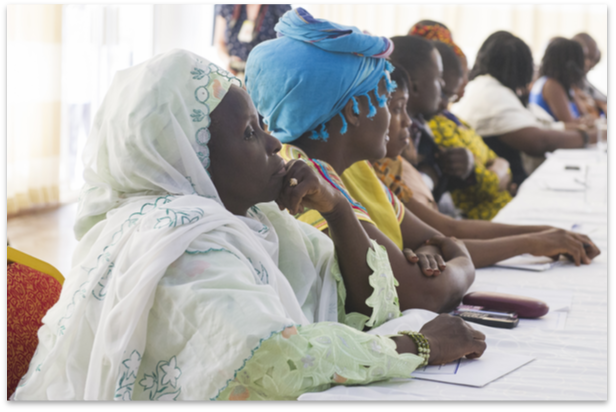
Institutional Arrangements and Governance Capacities for Policy Coherence
UN DESA/DPIDG
Training of Trainers I English

Global Climate, Land, Energy & Water Strategies
UN DESA
Assessment Tool I English
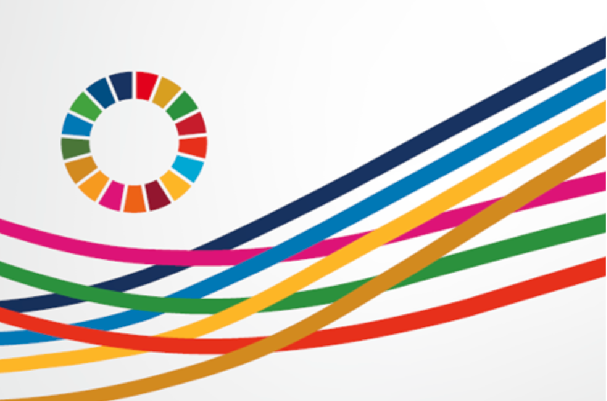
Towards Policy Coherence: An Assessment of Tools Linking the Climate, Environment and Sustainable Development Agendas
UN ESCWA
Assessment Tool I English
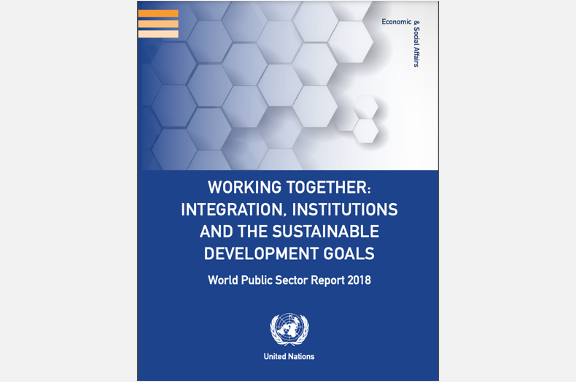
World Public Sector Report 2018: Working Together: Integration, Institutions and the Sustainable Development Goals
UN DESA/DPIDG
Publication I English
 Bienvenidos a las Naciones Unidas
Bienvenidos a las Naciones Unidas
